Home>Ideas and Tips>Backyard Meditation Garden Design for Peaceful Outdoor Retreats
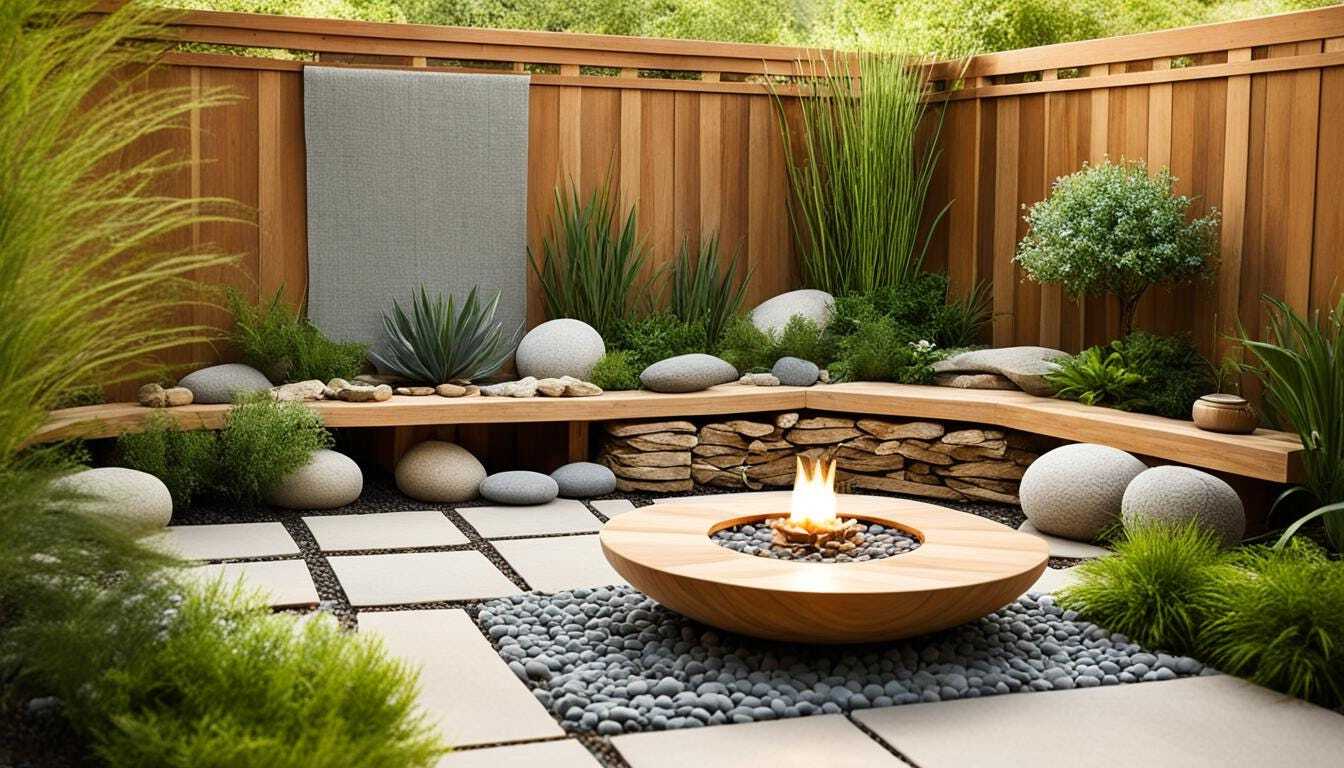

Ideas and Tips
Backyard Meditation Garden Design for Peaceful Outdoor Retreats
Published: September 23, 2024
Create a serene backyard meditation garden with our design tips. Transform your outdoor space into a peaceful retreat for relaxation and mindfulness.
(Many of the links in this article redirect to a specific reviewed product. Your purchase of these products through affiliate links helps to generate commission for Storables.com, at no extra cost. Learn more)
Creating a backyard meditation garden is an excellent way to cultivate a serene and peaceful outdoor space that fosters relaxation, mindfulness, and inner peace. These gardens are not just aesthetically pleasing; they also serve as personal sanctuaries where one can escape the stresses of daily life and reconnect with nature. In this article, we will delve into the various aspects of designing a meditation garden, from selecting the perfect location to incorporating natural elements and calming features.
A meditation garden is a small, often physically separated space designed as a sanctuary for the soul and body. It is a place away from the noise and demands of everyday life, where one can quiet their thoughts and release tension. Meditation gardens are used for yoga, quiet contemplation, or prayer. The features included in these peaceful environments bring us back to nature and remind us of what’s most important—enjoying life and loving the special ones we live it with.
Historical Significance
Meditation gardens have been in use for thousands of years. These natural spaces continue to increase in appeal as daily stresses and technological progress invade every aspect of life. Private meditation gardens have been a part of various cultures, including ancient Japan and India, where they were used as retreats for spiritual practices.
Benefits of a Meditation Garden
Spending time in a personal sanctuary can significantly increase our ability to handle life's challenging events. A carefully thought-out meditation garden design provides unending opportunities for overcoming life's stressful moments. These gardens encourage a deeper connection with nature and oneself, providing an ideal setting for mental and emotional healing. They promote overall well-being and a balanced state of mind by offering a serene environment that fosters mindfulness and introspection.
Selecting the Perfect Location
Choosing the right location for your meditation garden is crucial. The ideal spot should be quiet, comfortable, and free from outside distractions. Here are some key considerations when selecting the location:
- Quietness: The space should be shielded from noise, traffic, and prying eyes. A secluded spot away from busy areas of the house or yard is ideal.
- Accessibility: The location should be easily accessible yet feel like a private oasis. This balance ensures that you can retreat to your meditation space whenever needed.
- Natural Light and Shade: Ensure that the area receives sufficient natural light but also has shade options to protect you from harsh sunlight.
- Privacy: Use hedges, fences, or walls to enclose your meditation garden and create a defined space separate from the rest of your yard or property.
Embracing Simplicity
When designing a meditation garden, simplicity is vital. Avoid overcrowding your space with too many elements or decorations. Instead, create a serene and uncluttered environment that fosters mindfulness and introspection. Here are some tips for maintaining simplicity:
- Minimal Decorations: Use minimal decorations such as stone lanterns, stepping stones, or small statues that complement the natural beauty of the garden.
- Natural Elements: Incorporate natural elements like plants, rocks, and water features to create a harmonious and balanced environment.
- Clear Paths: Ensure that paths are clear of obstacles and debris to maintain a peaceful atmosphere.
Incorporating Natural Elements
Nature plays a significant role in meditation gardens. Incorporating natural elements such as water, rocks, and plants can create a harmonious and balanced environment. Here are some ways to incorporate these elements:
Water Features
Water features are an excellent addition to any meditation garden. They can create a soothing auditory backdrop for meditation. Here are some water feature ideas:
- Small Pond: A small pond with koi fish can add visual interest and create a calming sound.
- Fountain: A flowing fountain can serve as a focal point and create a sense of tranquility.
- Tier Rock Waterfall: A tier rock waterfall can add movement and sound to your garden.
Plants
Plants are essential in creating a serene environment. Here are some plant suggestions:
- Native Plants: Use native plants that require low maintenance to ensure the garden remains peaceful and easy to care for.
- Pollinator Garden: Plant a pollinator garden that attracts hummingbirds, butterflies, ladybugs, and other beneficial insects.
- Ornamental Grasses: Ornamental grasses like Japanese silver grass add a fabulous rustling sound on windy days, helping you move into a trance-like state.
Rocks and Stones
Rocks and stones can be used to create pathways, seating areas, or as focal points in your garden. Here are some ways to use them:
- Pathways: Use colorful rocks or stones to create winding pathways that lead to your meditation area.
- Seating Areas: Use rocks or stones to create seating areas where you can sit comfortably during meditation.
- Focal Points: Use large rocks or stones as focal points in your garden to create a sense of balance and harmony.
Incorporating Japanese Garden Elements
Japanese gardens are known for their peaceful garden ideas, including harmony and balance. To create a sense of tranquility, incorporate traditional elements such as stone lanterns, water basins, and stepping stones.
Stone Lanterns
Stone lanterns are a classic element in Japanese gardens. They add a touch of elegance and serenity to your meditation space. Place them strategically around the garden to create a sense of balance.
Water Basins
Water basins are another essential element in Japanese gardens. They can be used as small ponds or as part of a larger water feature. The sound of gently flowing water can be incredibly soothing, making water features an ideal addition to any meditation garden.
Stepping Stones
Stepping stones are used to create winding paths that lead to your meditation area. They can be made from natural materials like stone or wood and add a sense of tranquility to your garden.
Creating Secluded Seating Areas
Designate a specific area for meditation with comfortable seating, such as a cushion or bench. Create a sense of seclusion by surrounding this area with plants, screens, or walls. This will help establish a boundary between your meditation space and the outside world.
Seating Options
Here are some seating options you can consider:
- Cushions: Use cushions made from natural materials like wood or bamboo to create a comfortable seating area.
- Bench: A bench made from wood or stone can provide a sturdy seating option for meditation.
- Chairs: If you prefer chairs, choose ones that are designed for outdoor use and blend seamlessly into the garden environment.
Incorporating Fragrant Plants
Aromatic plants can enhance your meditation experience by engaging your sense of smell. Plant these fragrances near your meditation area to create a soothing atmosphere.
Fragrant Plants
Here are some fragrant plants you can consider:
- Lavender: Lavender is known for its calming properties and can be planted around the perimeter of your meditation garden.
- Rosemary: Rosemary has a refreshing scent that can help clear your mind during meditation.
- Jasmine: Jasmine has a sweet fragrance that can create a peaceful ambiance in your garden.
Cultivating a Sense of Enclosure
To create privacy and seclusion, use hedges, fences, or walls to enclose your meditation garden. These boundaries will help create a defined space that is separate from the rest of your yard or property.
Enclosure Options
Here are some enclosure options you can consider:
- Hedges: Use hedges made from plants like boxwood or lavender to create a natural barrier around your meditation garden.
- Fences: A wooden fence can provide privacy while also adding an aesthetic touch to your garden.
- Walls: If you prefer walls, choose ones made from natural materials like stone or wood that blend seamlessly into the garden environment.
Adding Inspirational Art and Sculpture
Incorporating meaningful art or sculptures into your meditation garden can serve as focal points for contemplation and reflection during meditation.
Art Options
Here are some art options you can consider:
- Buddha Statues: Buddha statues are commonly used in meditation gardens as they symbolize peace and tranquility.
- Stone Lanterns: Stone lanterns not only provide light but also add an aesthetic touch to your garden.
- Wind Chimes: Wind chimes can create soothing sounds that enhance the peaceful ambiance of your garden.
Planting a Tree for Reflection
Planting a tree in your meditation garden can create a strong connection with nature and symbolize growth and change.
Read more: Building A Peaceful Zen Garden On A Budget
Tree Options
Here are some tree options you can consider:
- Japanese Maple: Japanese maple trees are known for their beautiful foliage and calming presence.
- Weeping Willow: Weeping willow trees provide shade on hot days and create a soothing breeze moving through their branches.
- Native Trees: Use native trees that require low maintenance to ensure the garden remains peaceful and easy to care for.
Designing Your Meditation Garden
Designing a meditation garden involves considering both big picture items and finer details. Here’s how you can approach it:
Big Picture Items
- Size and Shape: Determine whether you want to create a small meditation garden or one that can accommodate more people. Work with what you have available in terms of space.
- Materials: Plan the focal point of your garden, such as the sitting area. Consider materials like polished finishes with intricate details or simple natural elements like leaves on the forest floor.
- Location: Decide whether placing the meditation garden close to the home will inspire more frequent meditation sessions or if placing it further away will encourage solitude and connection with nature.
Finer Details
- Plants: Consider the effects of sight and sound when selecting plants. Choose plants with different foliage colors and textures or those that attract beneficial insects like hummingbirds and butterflies.
- Water Features: Incorporate water features such as small ponds, fountains, or tier rock waterfalls to create a soothing auditory backdrop for meditation.
- Paths: Create winding paths using stepping stones, gravel, or bark that lead to your meditation area symbolizing a transition from stress to peace.
Practical Tips for Maintaining Your Meditation Garden
Maintaining your meditation garden is crucial to ensure it remains peaceful and serene over time. Here are some practical tips:
- Regular Cleaning: Regularly clean your garden paths and water features to prevent algae growth and maintain clarity.
- Plant Care: Ensure that plants receive adequate water and sunlight while pruning them regularly to maintain their shape and health.
- Seasonal Changes: Take into account seasonal changes when designing your garden. For example, incorporate plants that bloom at different times of the year to maintain visual interest throughout the seasons.
Conclusion
Creating a backyard meditation garden is an excellent way to cultivate a serene and peaceful outdoor space that fosters relaxation, mindfulness, and inner peace. By selecting the perfect location, incorporating natural elements like water features and plants, and adding inspirational art and sculptures, you can design a personal sanctuary that promotes overall well-being and a balanced state of mind. Whether you choose to incorporate Japanese garden elements or keep things simple with native plants, remember that simplicity is key in creating an effective meditation garden. With these tips and ideas in mind, you can create your own peaceful outdoor retreat where you can escape the stresses of daily life and reconnect with nature.
By following these guidelines and incorporating elements that resonate with your personal style and vision, you can create a meditation garden that serves as an indispensable balancing dimension in your life—a place where you can find peace amidst chaos.
Was this page helpful?
At Storables.com, we guarantee accurate and reliable information. Our content, validated by Expert Board Contributors, is crafted following stringent Editorial Policies. We're committed to providing you with well-researched, expert-backed insights for all your informational needs.
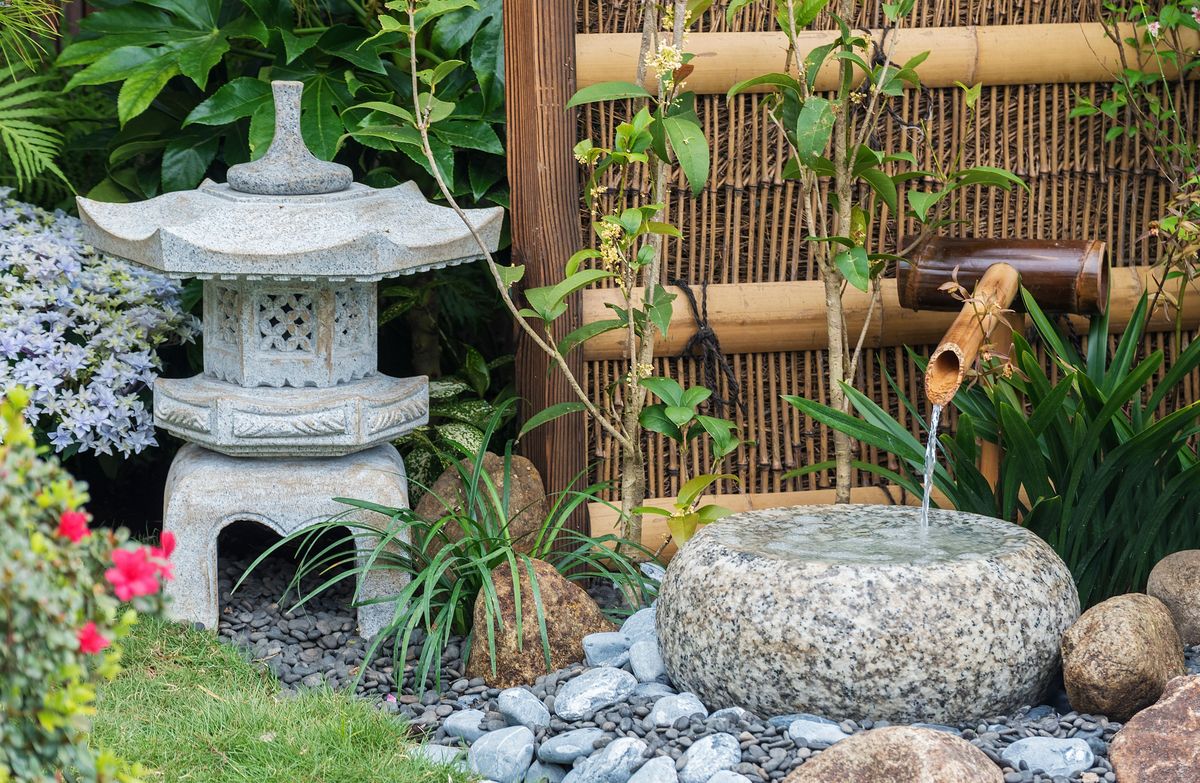
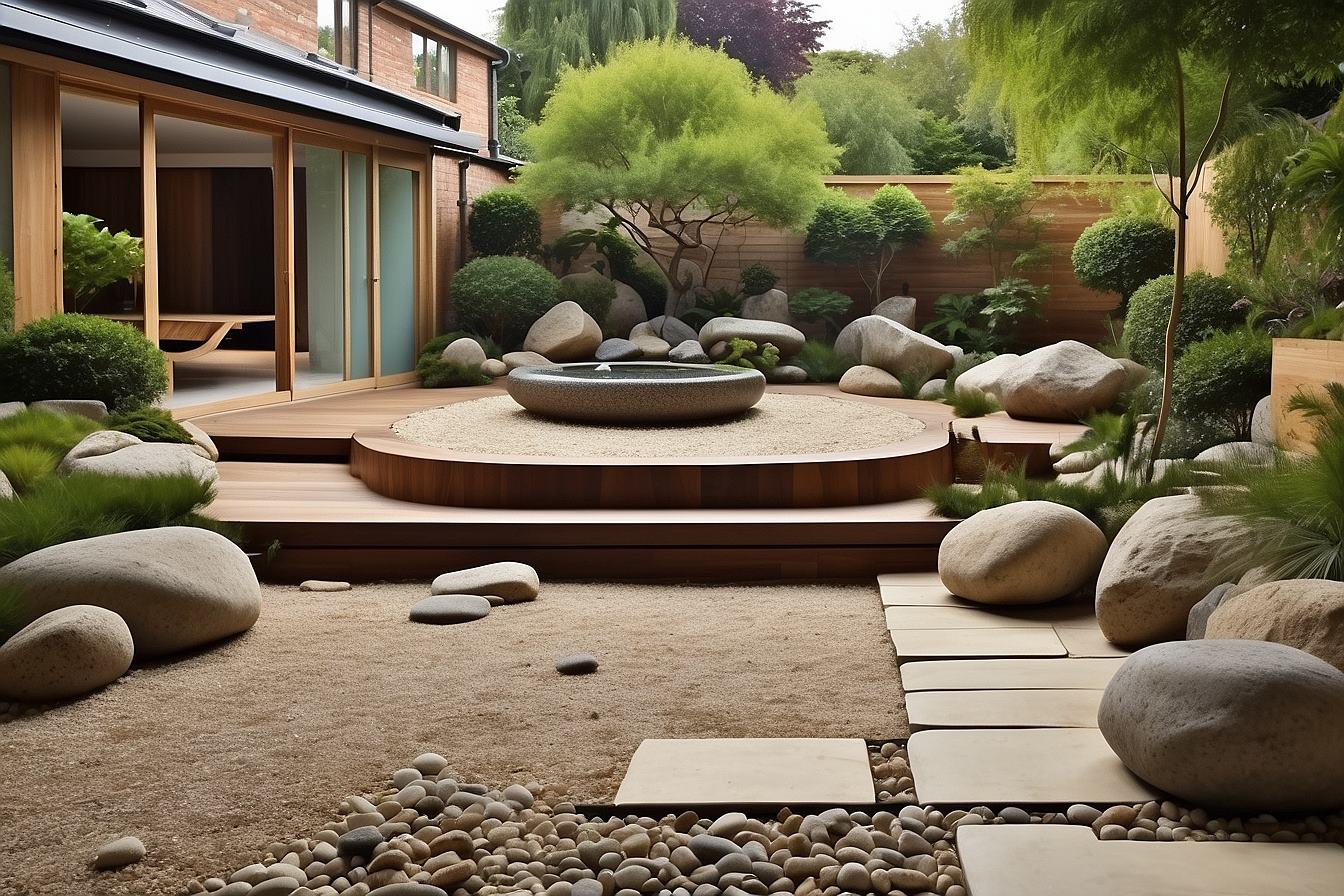
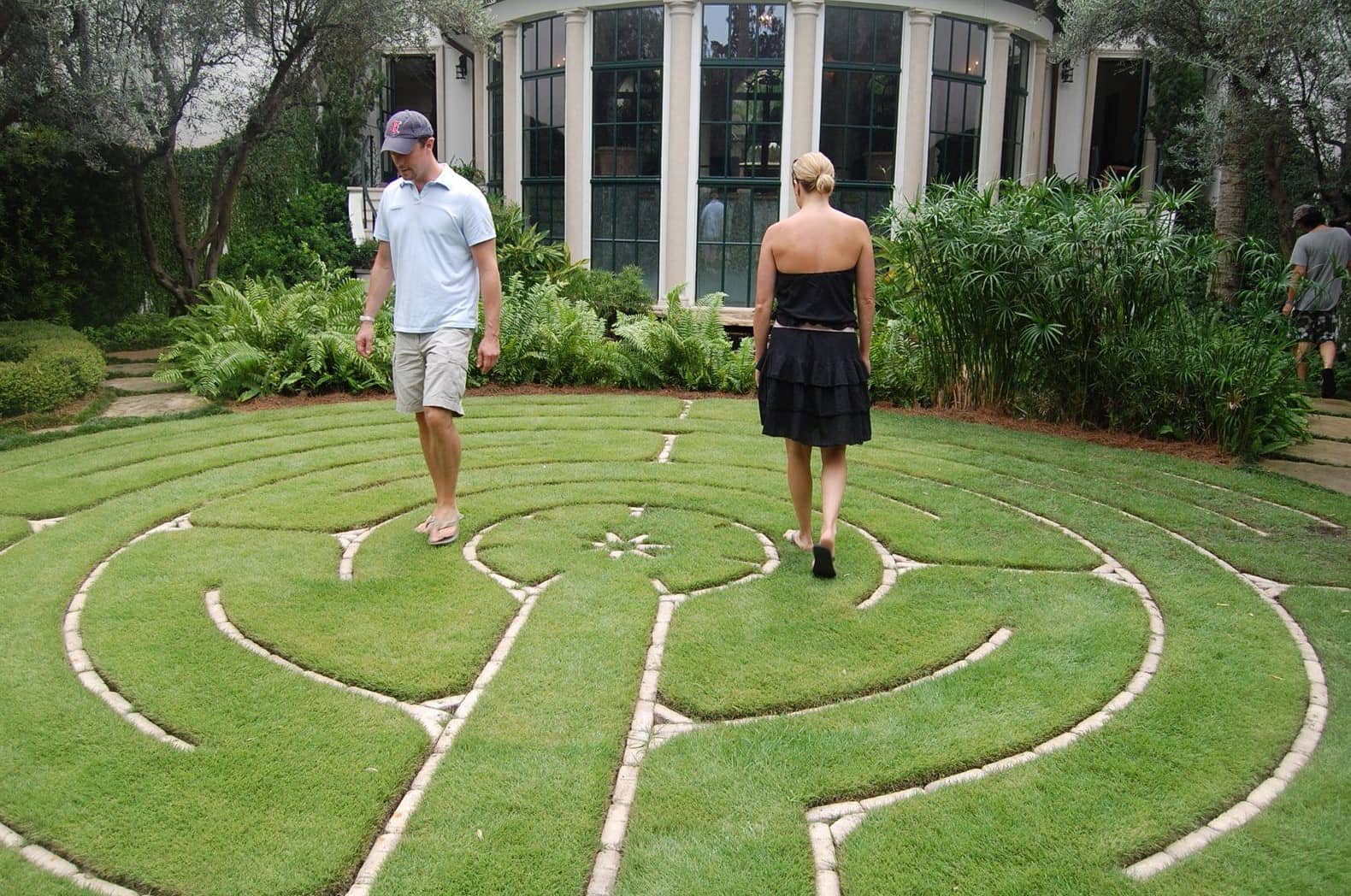
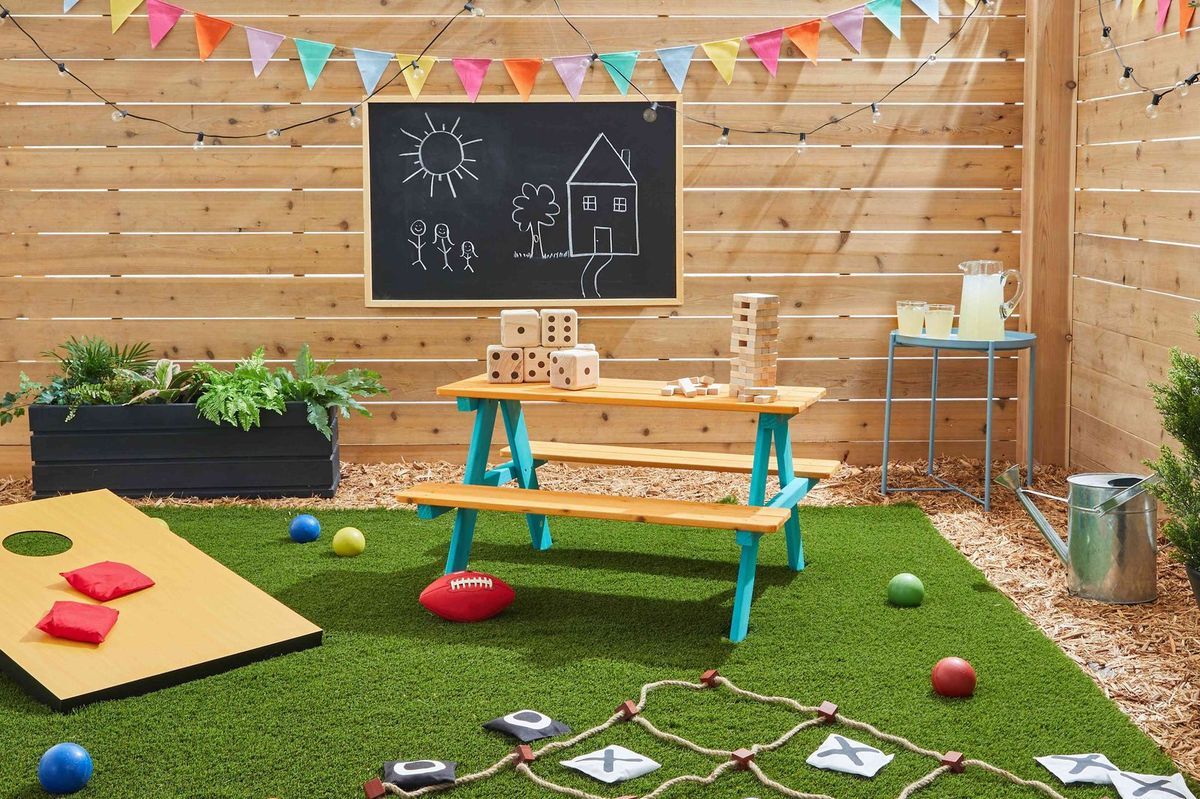
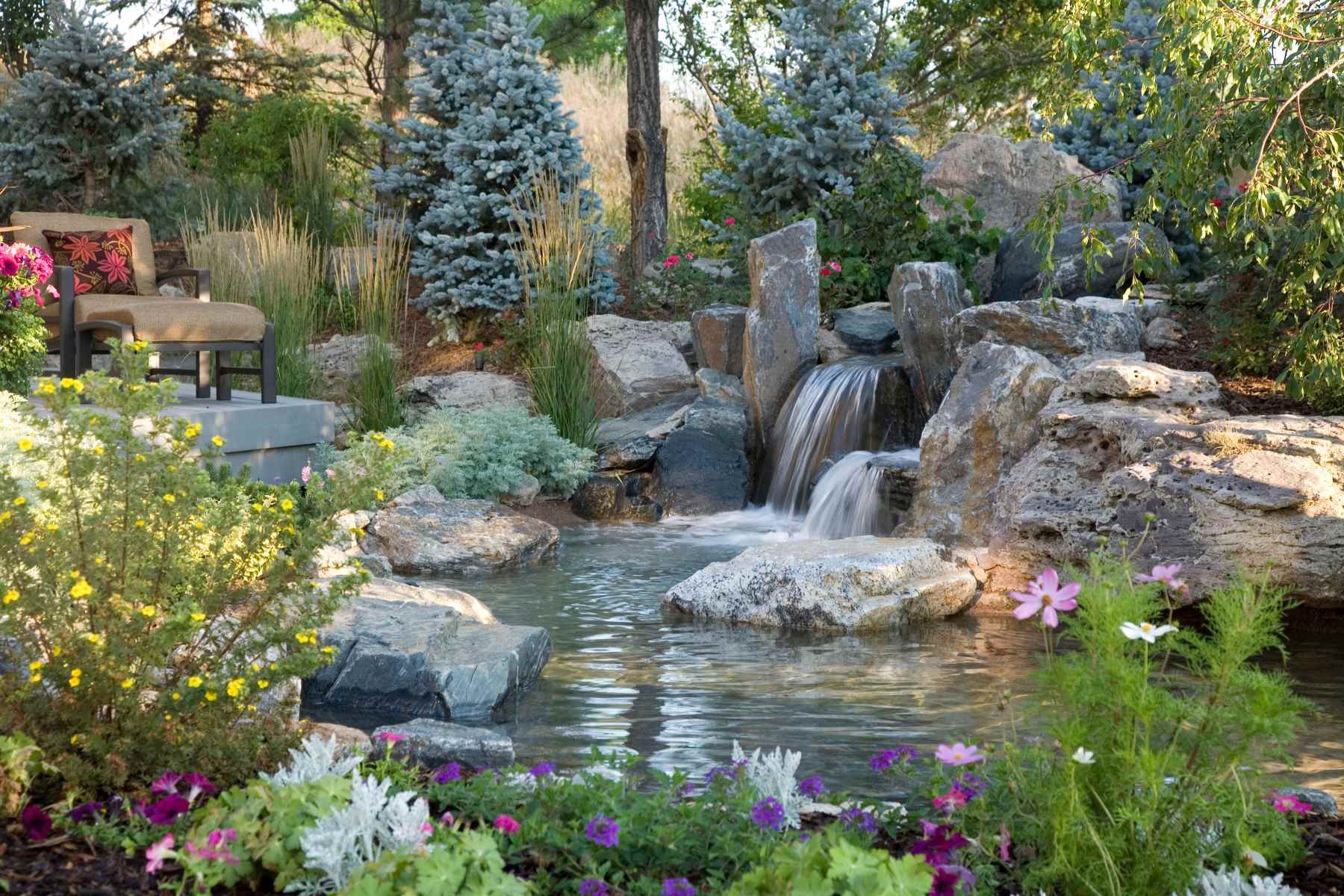
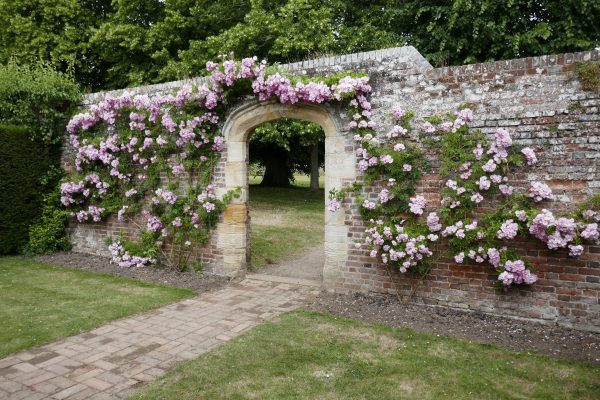
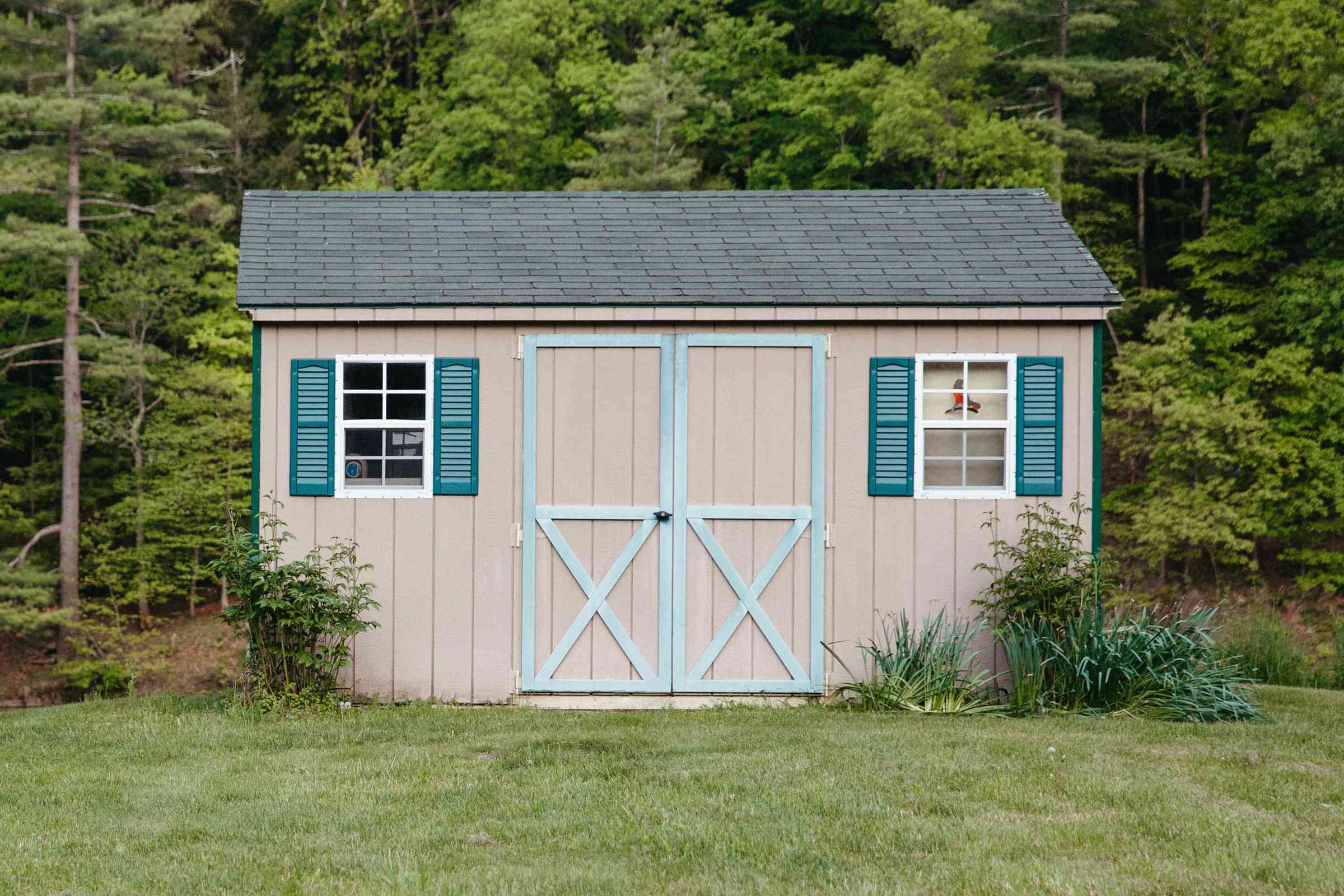
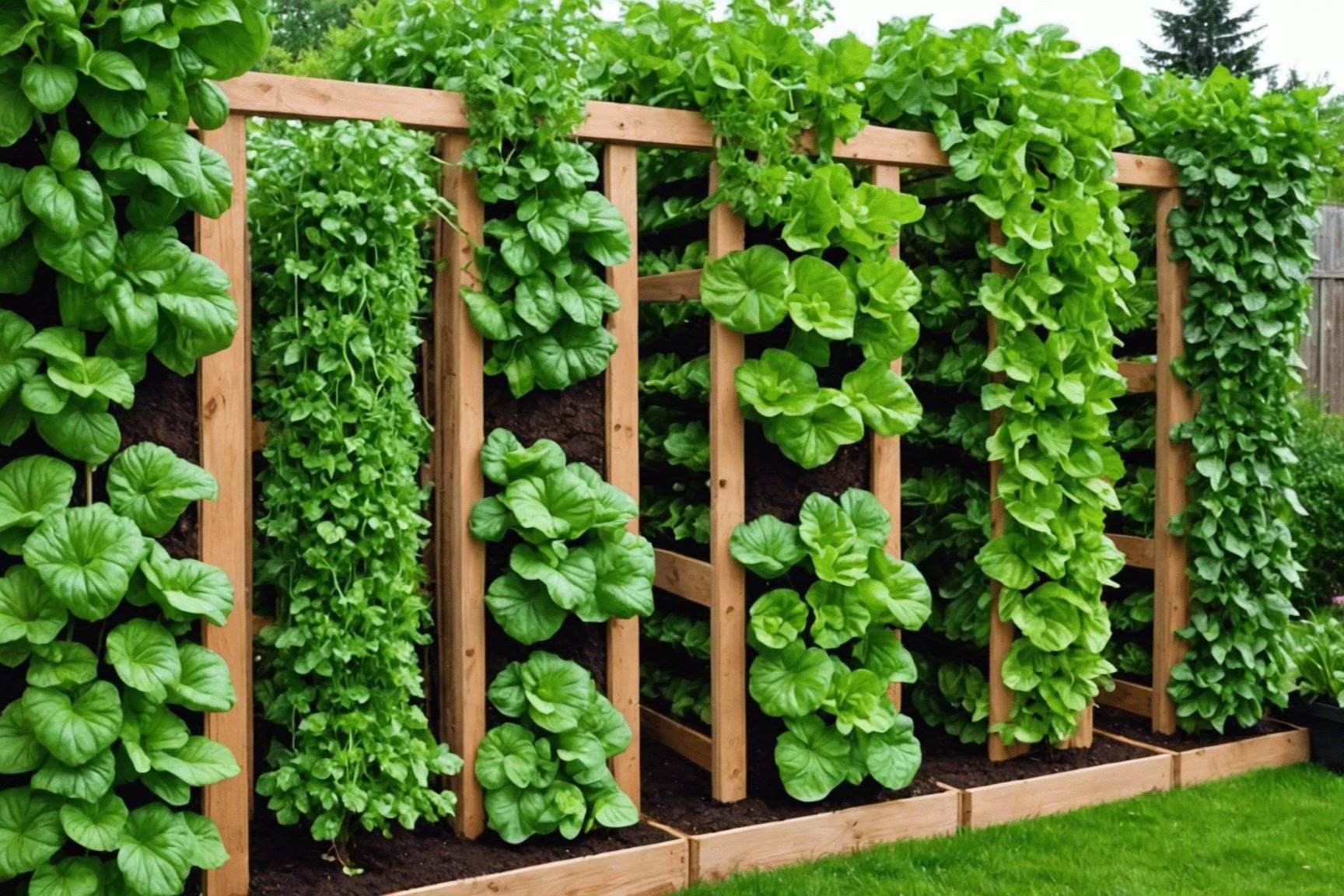
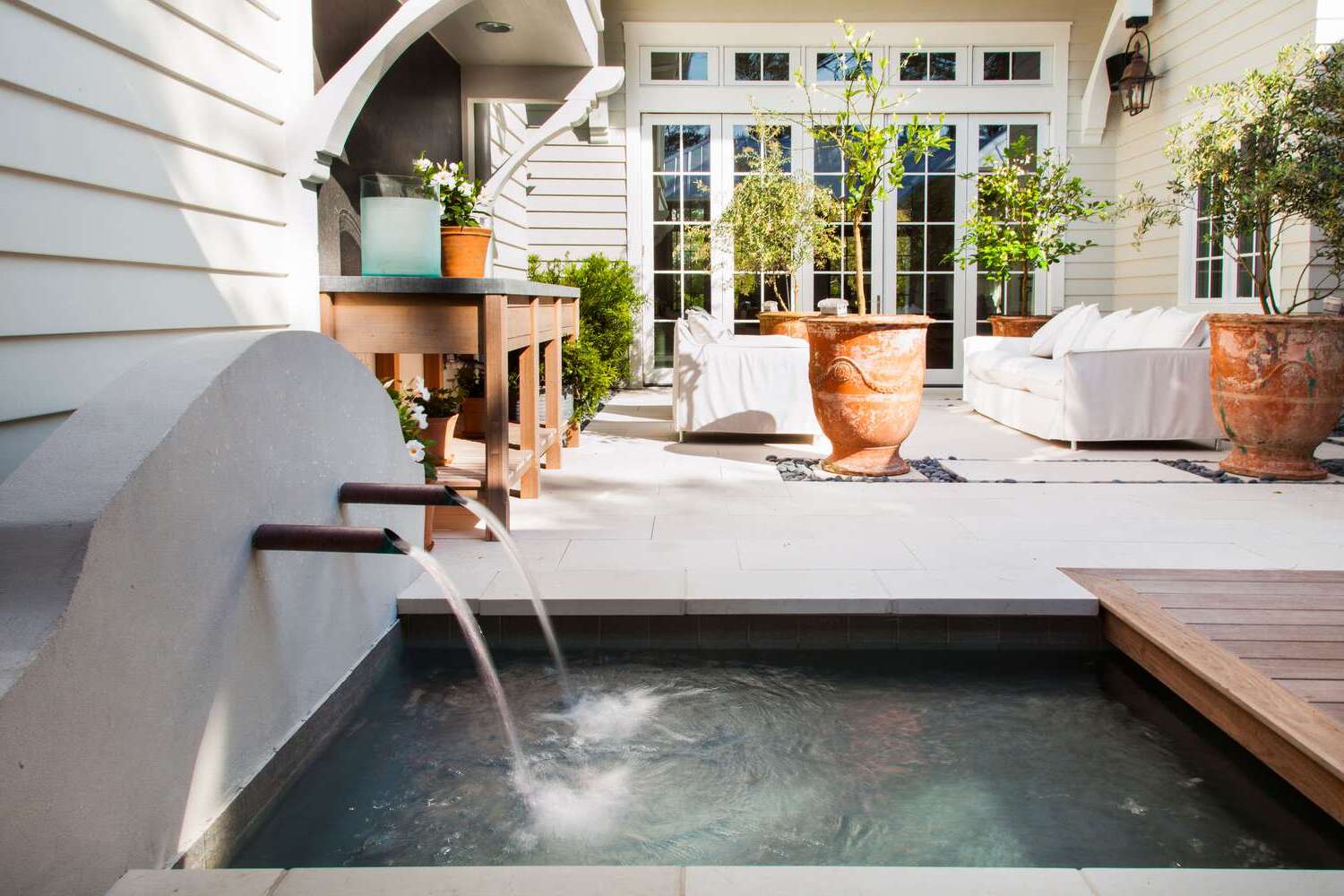

0 thoughts on “Backyard Meditation Garden Design for Peaceful Outdoor Retreats”